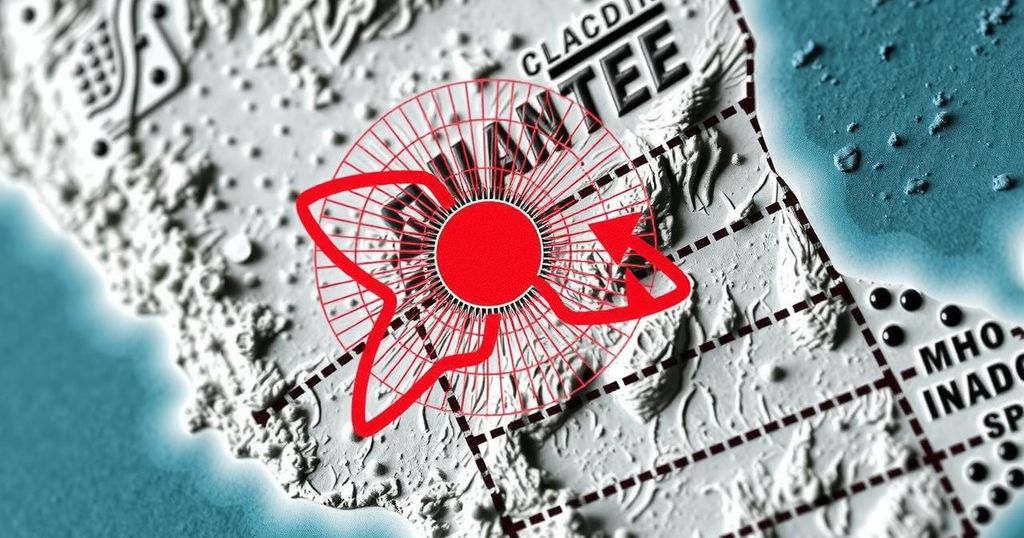A 6.1-magnitude earthquake occurred in Chile on January 2, with reports of shaking from 25 individuals. This event follows multiple earthquakes within a week, including a 4.7-magnitude quake in California and others in Alaska and Cuba, illustrating ongoing seismic activity across various regions.
On Thursday, January 2, a significant earthquake measuring 6.1 in magnitude was recorded in Calama, Chile, according to reports from the United States Geological Survey (USGS). The earthquake occurred at a depth of 99 kilometers (approximately 61.5 miles), prompting 25 individuals to report the tremors felt at the time of the incident. This event follows a sequence of seismic activities that included a moderate 4.7-magnitude earthquake in California the previous day, centered in Cobb at a depth of 1.1 kilometers (about 0.7 miles).
Further adding to this seismic activity, just days prior to the California earthquake, a 3.3-magnitude tremor was detected in Nikolski, Alaska. It registered at a depth of 39.5 kilometers (about 25 miles) on December 30. Moreover, this incident followed a similar 3.3-magnitude earthquake reported in Fort Bidwell, California, just hours earlier, occurring at a depth of 3.4 kilometers (approximately 2.1 miles).
Additionally, on December 27, a higher-magnitude earthquake measuring 6.7 occurred in the Kuril Islands at a significant depth of 162.6 kilometers (around 101 miles). This event was reportedly preceded by a 3.6-magnitude earthquake in McCarthy, Alaska, which struck on December 26 at a shallower depth of 8.1 kilometers (approximately five miles).
The sequence of earthquakes continued with a 3.0-magnitude tremor in California on December 25, located in Clayton with a depth of 13.2 kilometers (about 8.2 miles). This earthquake activity can be traced back to a 5.9-magnitude earthquake that was reported in Cuba on December 23, centered in Guisa at a depth of 22.2 kilometers (approximately 13.8 miles). These multiple seismic occurrences highlight the dynamic nature of tectonic activity in these regions.
The occurrence of earthquakes is a common phenomenon in various regions around the world, particularly in areas along tectonic plate boundaries. The seismic activities mentioned in this report illustrate a series of earthquakes in close temporal and geographical succession, reflecting the underlying geological tensions in the Earth’s crust. By monitoring these events, institutions such as the United States Geological Survey provide critical information to understand seismic risks and enhance public safety.
In summary, a 6.1-magnitude earthquake struck Chile on January 2, contributing to a series of significant seismic events in various locations, including California and Alaska, over a span of days. This report underscores the importance of tracking seismic activity to better understand and respond to potential geological hazards.
Original Source: real923la.iheart.com






